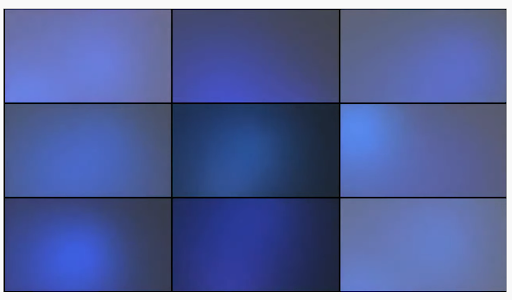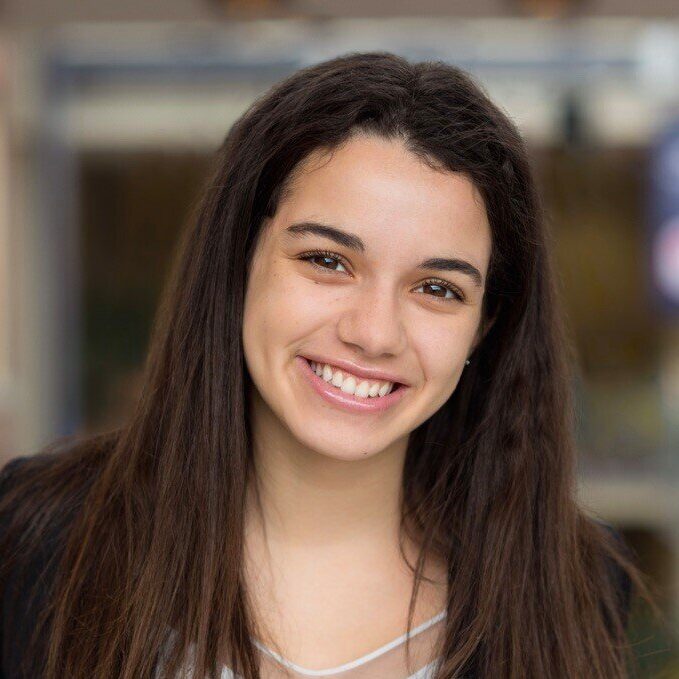Virtual Connectedness and Pandemic Dreaming at Cabin Fever PROTOTYPE

In the first few months of the pandemic, virtual activities were beyond popular. From Zoom drinks to Club Quarantine to the rise of TikTok, people around the globe were craving a sense of togetherness that the pandemic was devoid of.
Cabin Fever PROTOTYPE seeks to address this phenomenon: can virtual events create a sense of togetherness and unity?
Cabin Fever PROTOTYPE is a 24-hour event. The production was first envisioned in early 2020 at the onset of the Pandemic in London, England. Every hour, a different dream is encountered, totaling 24 different dreams taking place in a time zone where it was nighttime. As well, with 24 different time zones, dreams took place in a variety of different languages including Russian, Portuguese, German, Spanish, French, Japanese, Filipino, Vietnamese, and many more. Since the performance takes place across multiple time zones, the cast and creative were spread out across the world.
Visually, the show was beyond minimalistic. The screen consisted of a slew of rectangles that changed colors through the 24 hours. At no point in the performance did we see the faces or bodies of the dreamers themselves, only seeing these rectangles (pictured above) and hearing their voices.
A fascinating aspect of Cabin Fever PROTOTYPE is that these dreams are real. Thus, while some of these dreams may sound trivial and insignificant to viewers, they may be incredibly notable to the dreamers themselves. But the significance of this production was not in the dreams themselves. Ranging from “My son who is 7 was eating £1 coins like cereal. He had milk with them too,” to “I had to fight Clint Eastwood to death because if I didn’t, he would kill me,” to the more timely “My husband and I are taking a test to see if we have the virus…Both of us have a pink line—positive,” the significance lay in the sense of respite the dreams that can give, especially amid a pandemic, where any sense of rest felt difficult to achieve.
A live Twitter feed accompanied the production as well. This not only allowed me to realize what some of the dreams in the languages themselves meant, but I also loved hearing different people interpret each dream differently.
Another interesting aspect of the performance is that users were not expected to watch for the full 24 hours. This would mean that every viewer will likely watch for a different time, making it more impossible for any two users or audience members to experience a performance identically than any other performance. This also extends to any digital event, where differences in technological understanding and our physical environments play a massive role in dictating our viewing experiences.
Esmeralda Conde Ruiz, a UK-based composer and sound artist, who served as the brainchild behind this massive undertaking, eventually hopes to have over 2,500 singers from 100 countries. It is scheduled to premiere in Spring 2022. In the program, Ruiz comments on the “sense of respite in sleep”. Listening to people’s dreams was unexpectedly soothing, and it was beyond a pleasure to experience this liminal state of being amidst a pandemic. At times, the show played as background noise throughout the day, while others I was actively viewing. Either way, Cabin Fever PROTOTYPE did serve as a sense of respite in these tumultuous times.
‘Cabin Fever PROTOTYPE’ ran for 24 hours on June 12 at the 2021 Festival of Live Digital Art. Click here for more information and you can catch their artist talk here.
Credits:
Esmeralda Conde Ruiz, Artistic Concept, Music and Libretto
Counterpoint: Samuel Diggins & Tero Parviainen, Visual Development
Eira Szadurski, Chloë Richardson & Karen Sutton, Production
Performers include:
E Ensemble (Renata Adamcova, Vicky Annand, Alison Buckley, Madeleine Buckley, Nick Buckley, Christiane, Candis Litsey, Belén Durán, Allan Gardam, Noriko Gregory, Simon Hearn, Jane Higginbottom, Janie Lucchese, Alison Monaghan, Javier Navarro, and Ulrike Siemann)
Walthamstow Voices Community Choir (Edenia Padayao, Mark Sapaen Watan, Averil Pooten Watan, and Jane Bugnosen)
Cork School of Music (Ciara McCarthy, Vivienne Sayers, Ellen Bolger, and Perseus O’Brien)
The Dresden Philharmonic Choir
And solo performers Richard Ng’ang’a, Janice Lyayuka, Amrita Ghosh, Kate Hamlin, Jonathan Hammonds, Erik Ostwald, Aino Liski, Anna Liski, Anja Liski, Trang Nguyen Lidgett, Everton L de Barros, Belinda Calaguas, Denis Khomyshin, Adel Alabd, Claudia, Harper, Ruby, Nina, and Olivia
